Plant of the Week – January 21, 2021: Eastern redcedar juniper
This plant is native over much of the eastern third of Texas. As suggested by its scientific name, Juniperus virginiana, it’s native over much of the eastern half of the United States! And where it grows, it grows very happily. It’s been my friend for almost all of my life, and I’d like to introduce it to you.
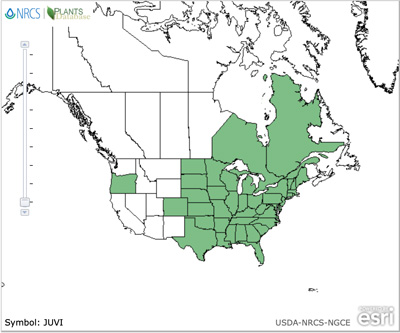
The facts of the plant…
Rather than writing an essay, I decided I’d tell you in short, easy bullets. That way you can decide in a hurry if this is a plant you want in your landscape.
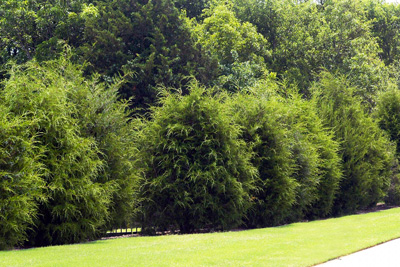
Eastern redcedar juniper
Juniperus virginiana
• Suited to full sun. Tolerant of some shade, but may not maintain good symmetry.
• Tall trees with branches completely to ground.
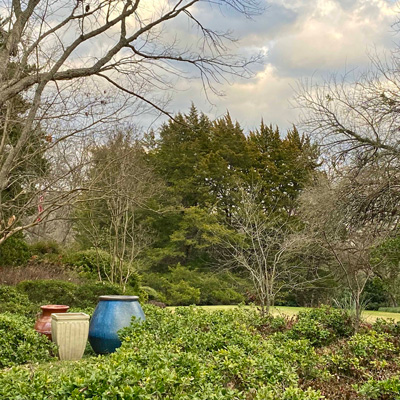
• Mature height 40-50 ft. (Do not plant beneath power lines.)
• Mature width 30-35 ft. (Do not crowd or plants will denude one another. Intolerant of “flat-siding” if you plant it too close to walks or drives.)
• Adapted to full range of soils from sands to clays, acidic to alkaline.
• Winter-hardy well below 0F.
• Drought-tolerant, but grows most quickly if kept moist, especially when young.
• If you’re buying container-grown trees, any size will be fine.
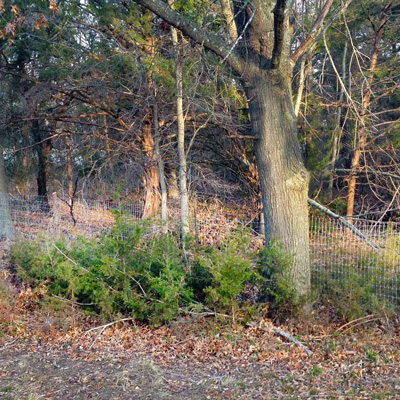
• But if you’re digging and transplanting redcedars, go with small, knee-high transplants! You’ll get a 10-foot redcedar many years faster starting with a plant that’s 12 inches tall than you will if you start with one that’s 8 feet tall.
An important tip to remember…
If you need a tall screen, and if you have ample space, redcedars are the perfect solution. But rather than creating a boring, unnatural row of them, zig-zag them in irregular spacings 18 to 22 feet apart. Think of a child folding a piece of paper to make a fan. The pleats won’t be perfect. Open up the fan and you’ll be able to see.
Now, magnify that irregular pleating onto your landscape and plant your small redcedars along that same format. Zig-zag the plants so that they’ll appear to be closer together than they really are. You’ll get privacy years sooner, yet the plants won’t ever crowd into one another. I’ve done it on our own property, and it really works.
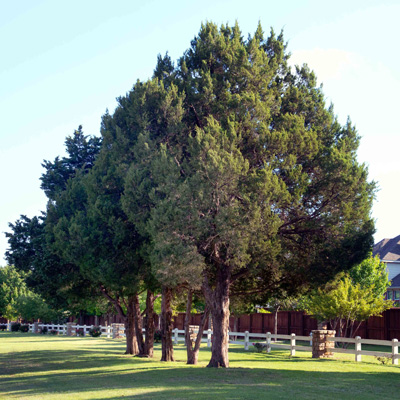
Finally, to put your mind at ease:
If someone you love suffers from mountain cedar allergies, you might be concerned about planting redcedars close to your house.
That fits in our family. My wife’s one main allergy is eastern redcedar pollen from December through February. But in our part of Texas, the trees that I’ve planted merely add 20 more to the (probably) 50,000 that are already within a 15-mile radius of our house. Redcedar pollen is carried by the wind, so the little bit that I’ve added doesn’t make enough difference to matter. I suffer oak and pecan allergies. We live in a forest of native oaks and pecans, yet I plant both of those trees in our landscape, so I practice what I preach.
And lest you worry about bagworms devouring your redcedars, in 44 years of living with the 20 trees that I’ve added and the dozens of others that are native on our 11-acre property, I’ve only had one tree be bothered one time. Don’t let bagworms stop you from trying this fine plant. Having enough space is a much greater concern.
